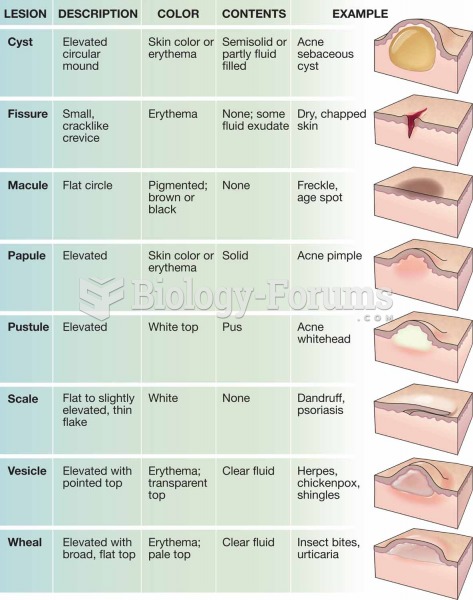Answer to Question 1In Indianapolis v. Edmond, the Court held that police may not use roadblocks to
detect criminal wrongdoing, while still allowing roadblocks or use in other law
enforcement functions. These cases allowing suspicionless intrusions do not
establish dangerous precedents which will greatly weaken Fourth Amendment
protections, because they deal with the regulation of traffic and protection of the
national borders, not common non-traffic criminal matters. An example is that
police are not allowed to set up a roadblock to search for burglars.
Answer to Question 2There are thirteen things an officer can legally do after a vehicle stop: (1) order the
driver to get out of the vehicle, (2) order passengers to get out of the vehicle, (3) ask
the driver to produce required documents, (4) question the driver and passengers, (5)
locate and examine the VIN, (6) seize items in plain view, (7) require a Breathalyzer
test, (

search the passenger compartment for weapons, (9) mar arrest if probable
cause develops, (10) search the vehicle if probable cause is established, (11) search
passengers' belongings, (12) may arrest for a non-jailable offense, and (13) may
search based on consent.
Answer to Question 3The standardized criteria that the U.S. Supreme Court requires for an inventory
search are that the police must follow standardized procedures (to eliminate their
uncontrolled discretion), and there must be no bad faith on the part of the police (the
inventory search must not be used as an excuse for a warrantless search). The
rationale is to eliminate the uncontrolled discretion of police in searching vehicles.
An example is when an officer stops a car for weaving across two lanes of traffic,
observes the driver to be impaired with an odor of marijuana about him. Since there
is no one else in the car, it needs to be towed to a safe place. An inventory must be
done to protect both the owner of the car and the officer as to what the contents of
the car are at the time of the tow.






